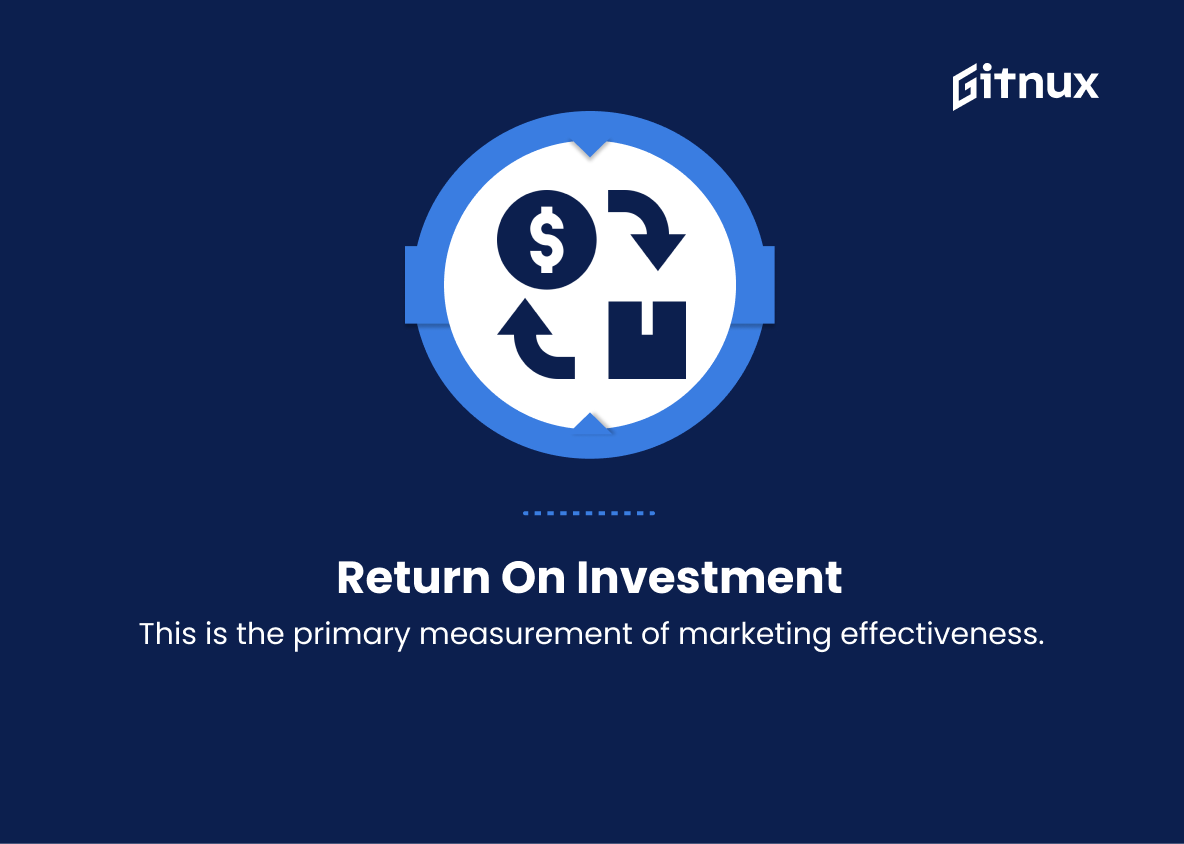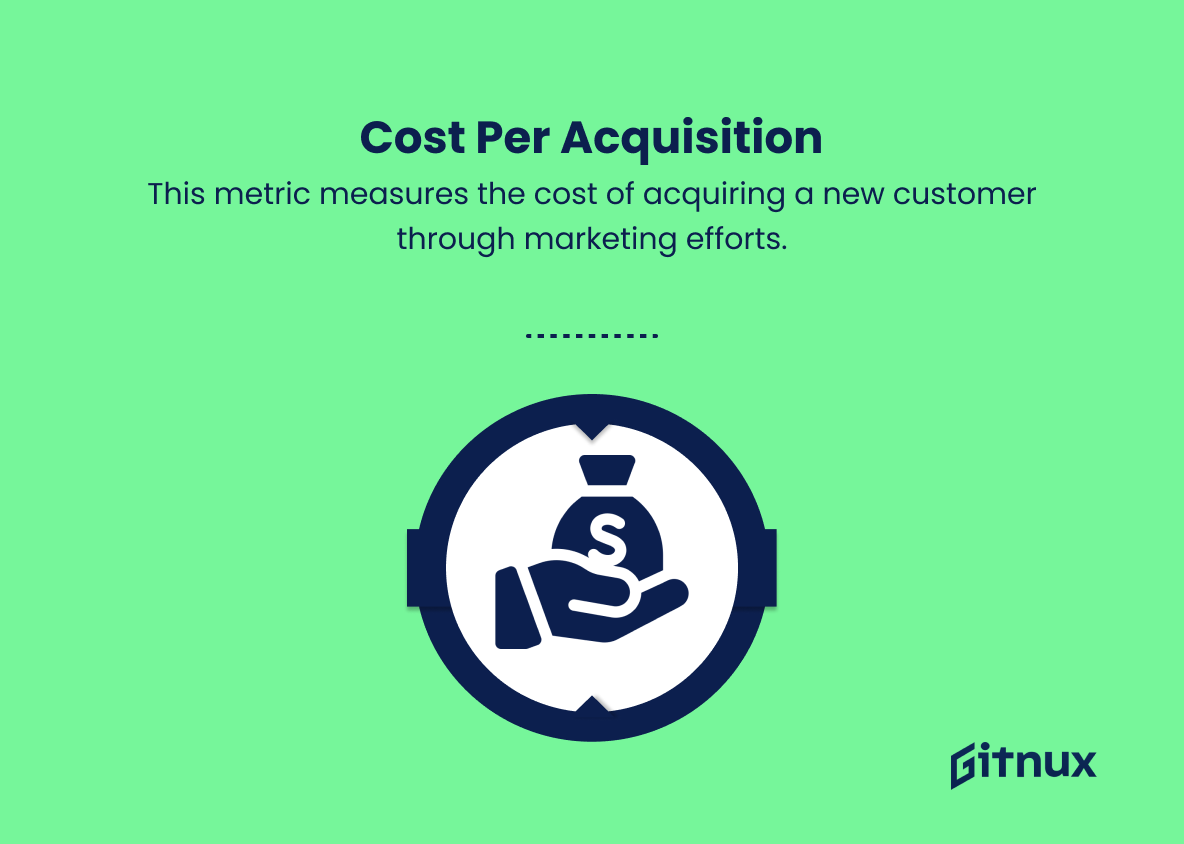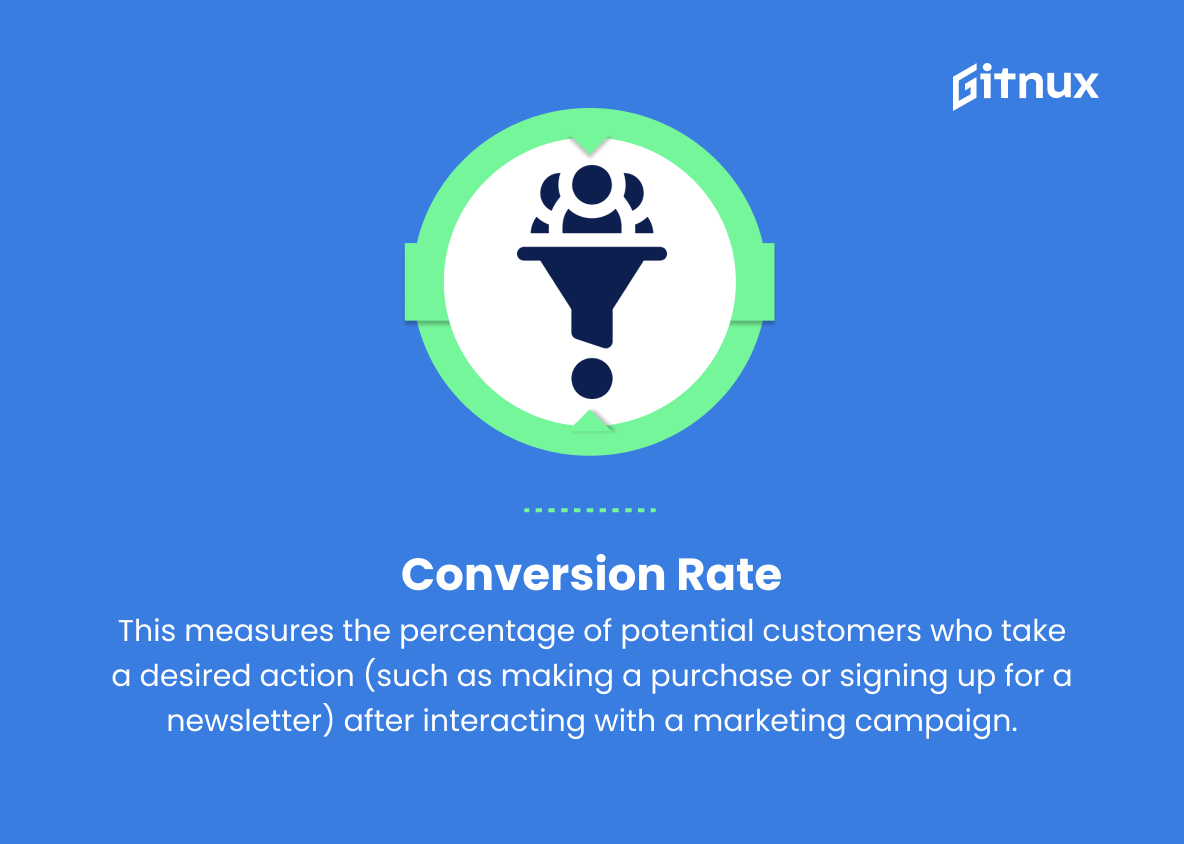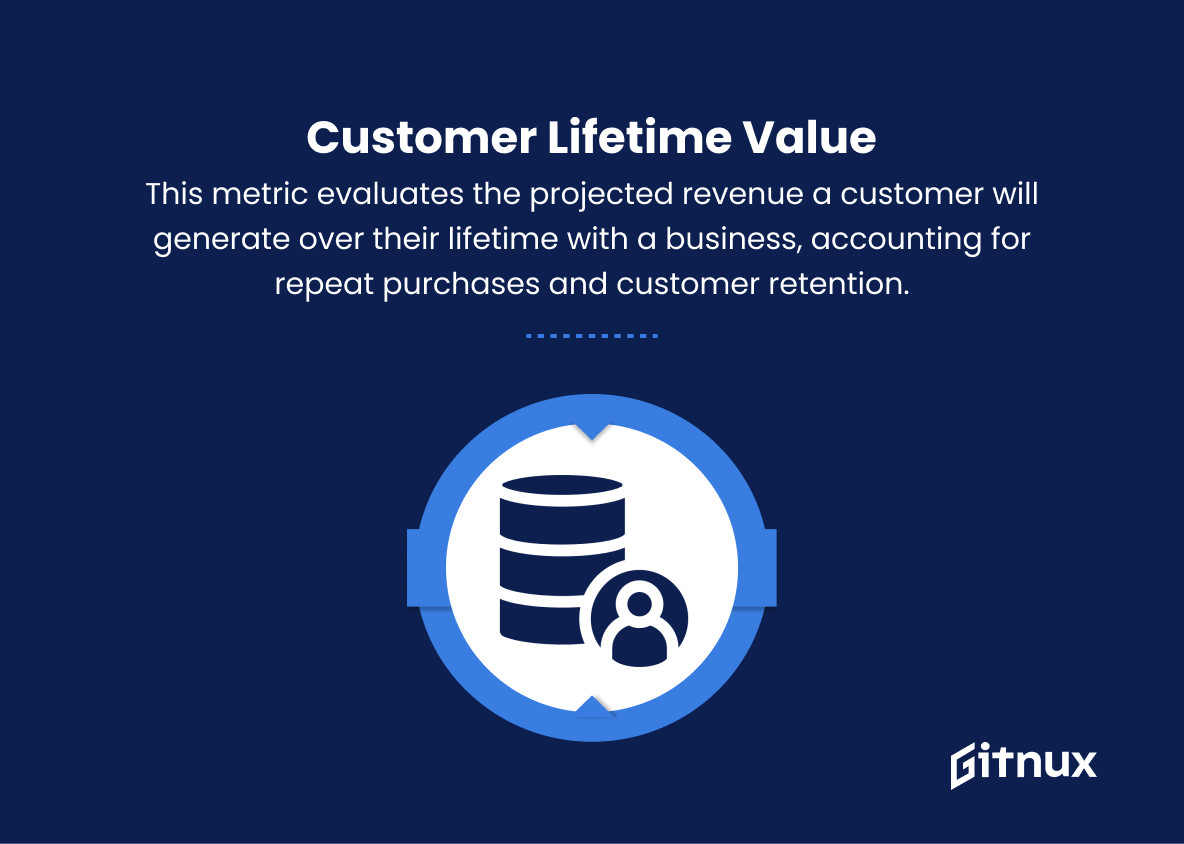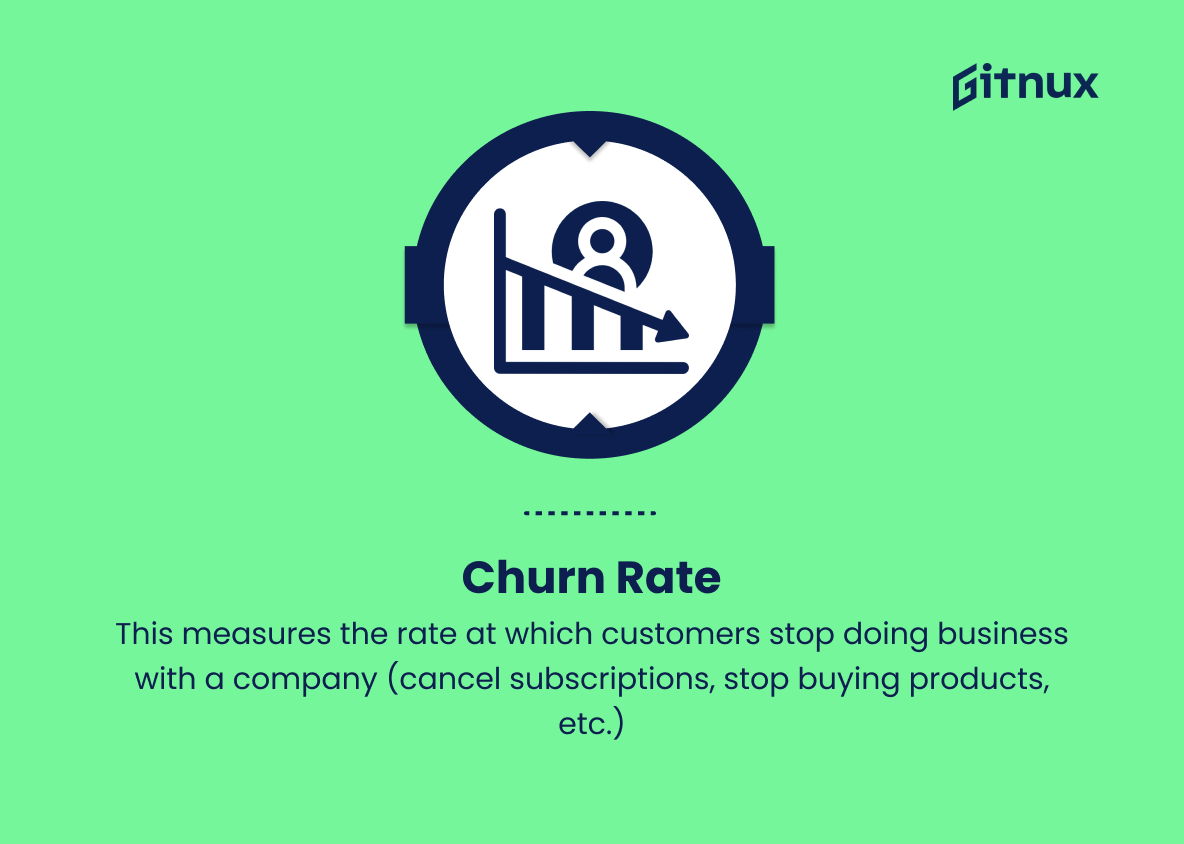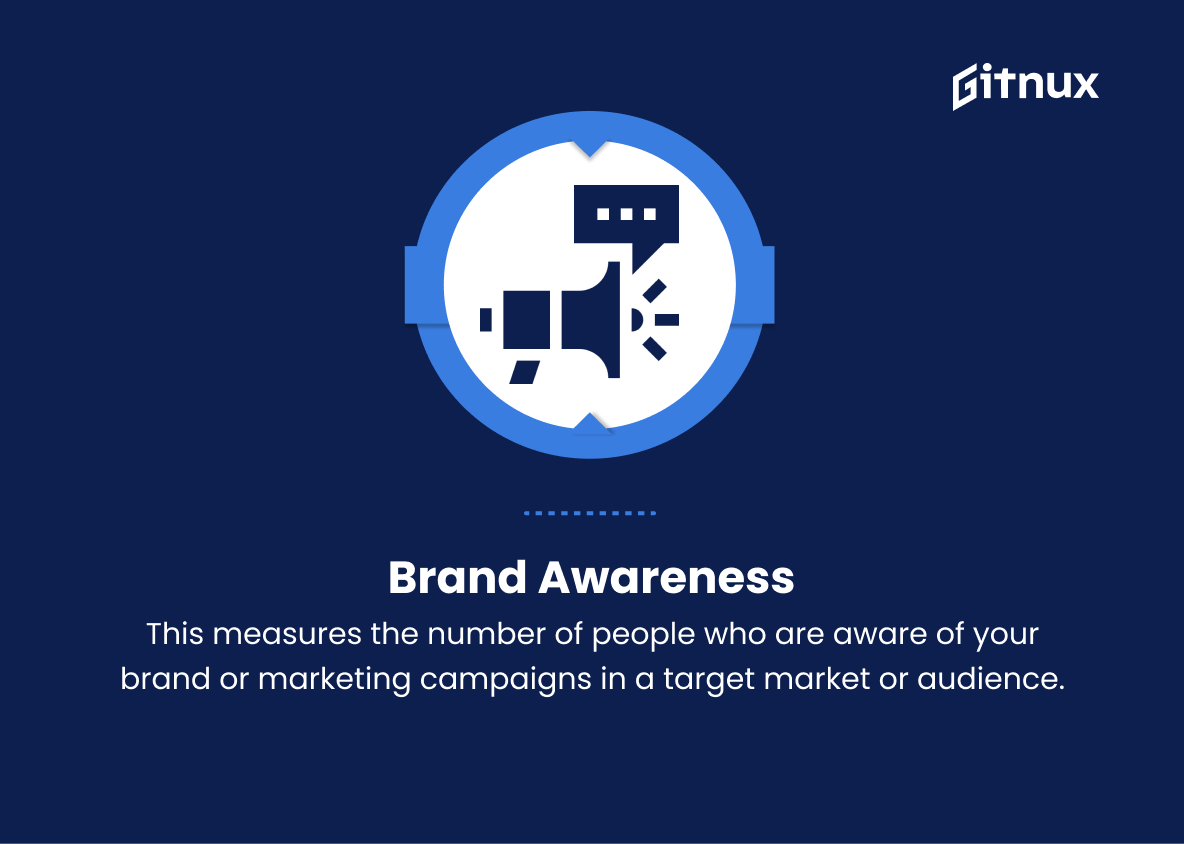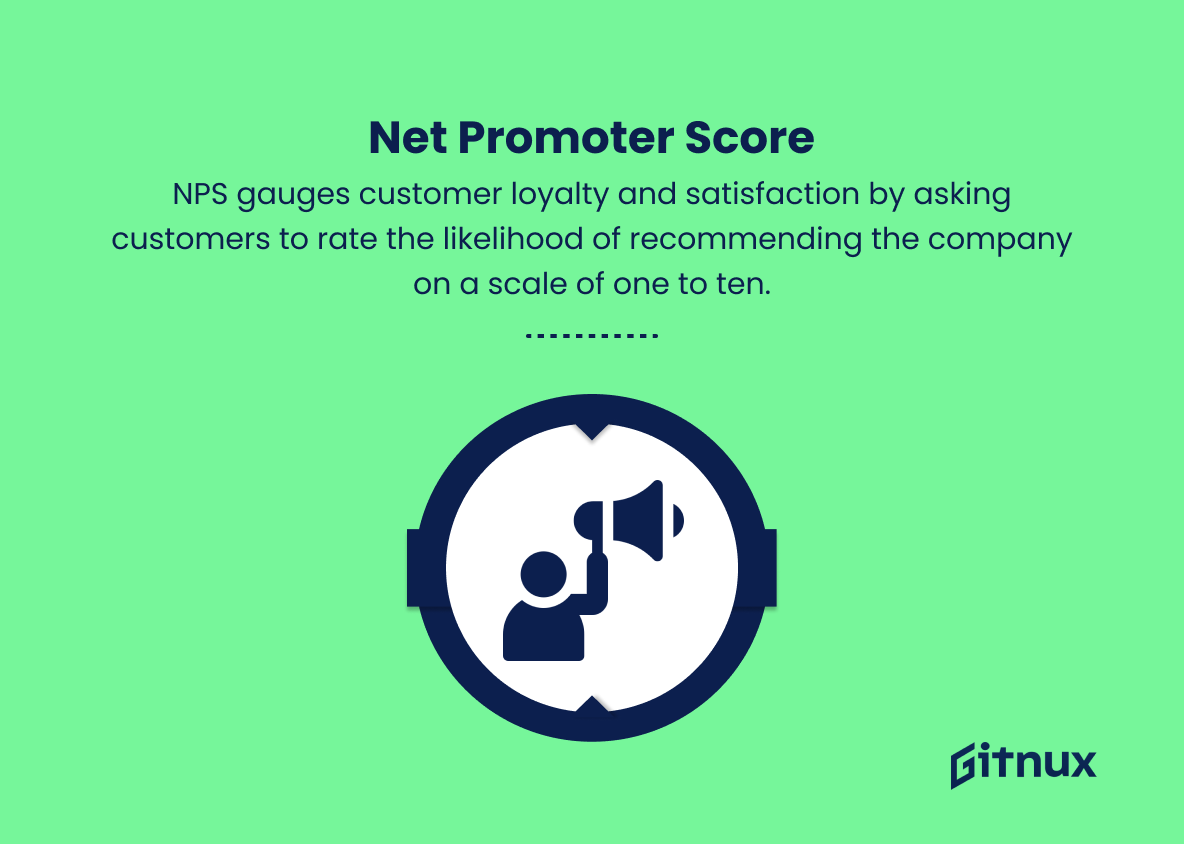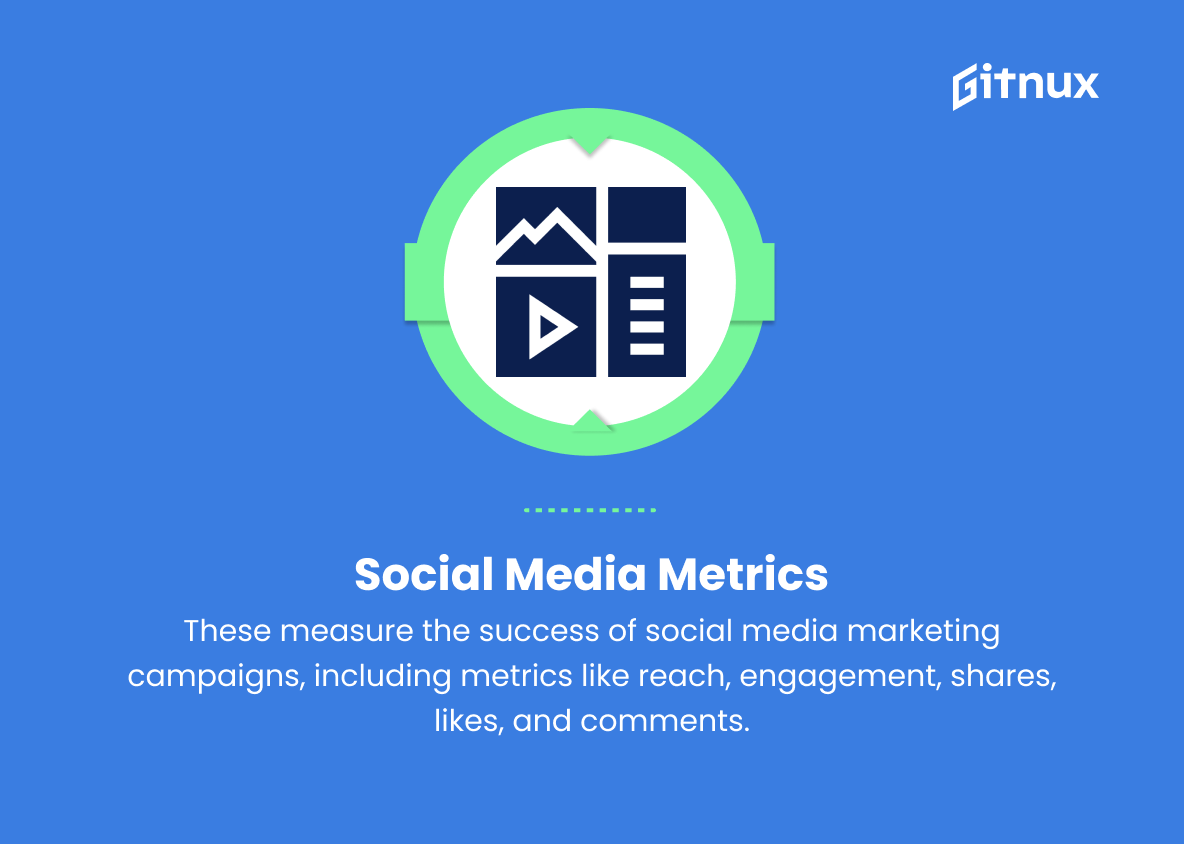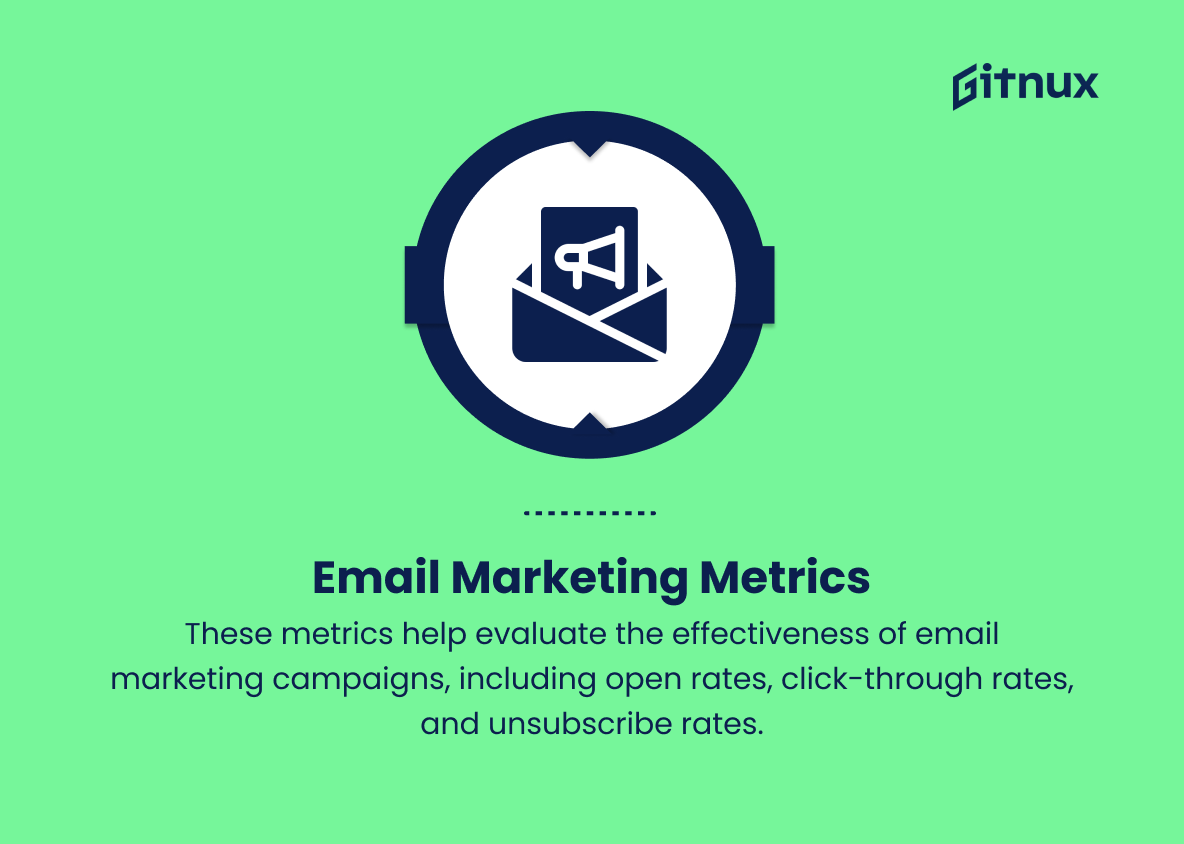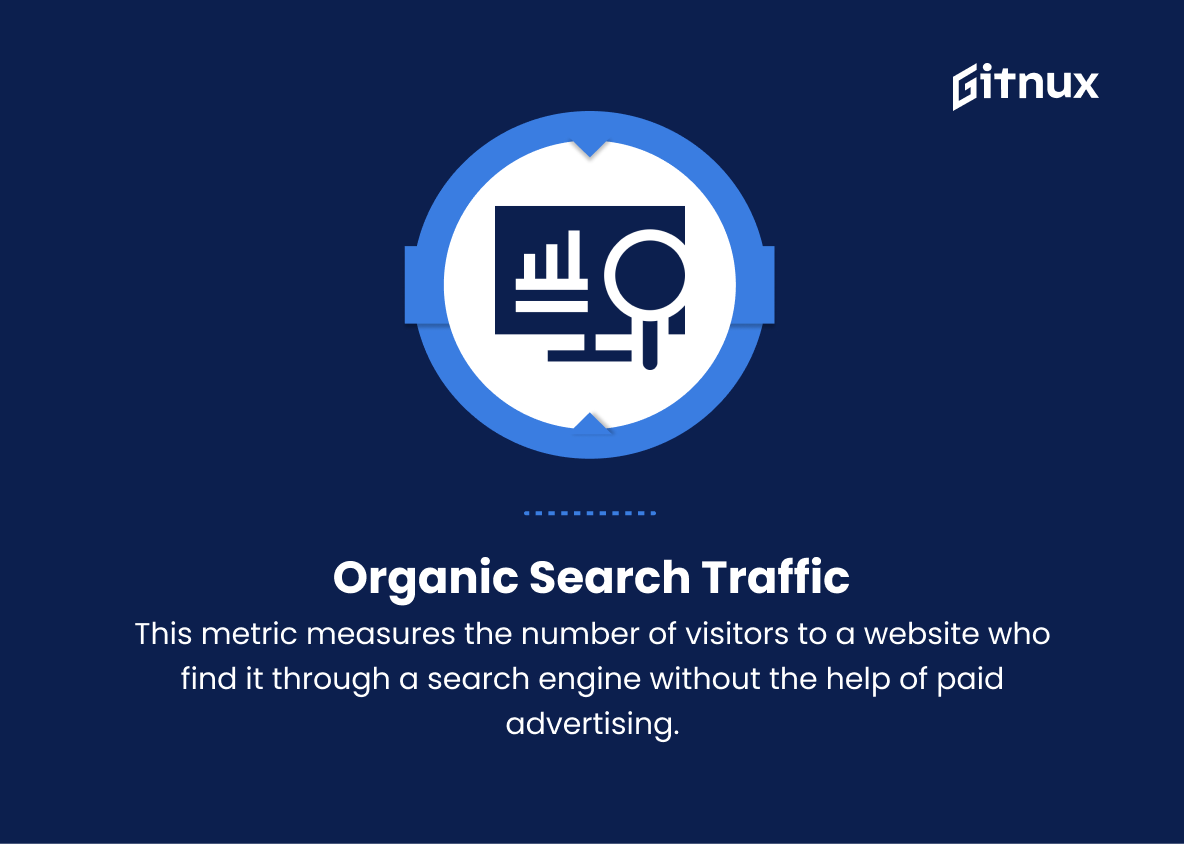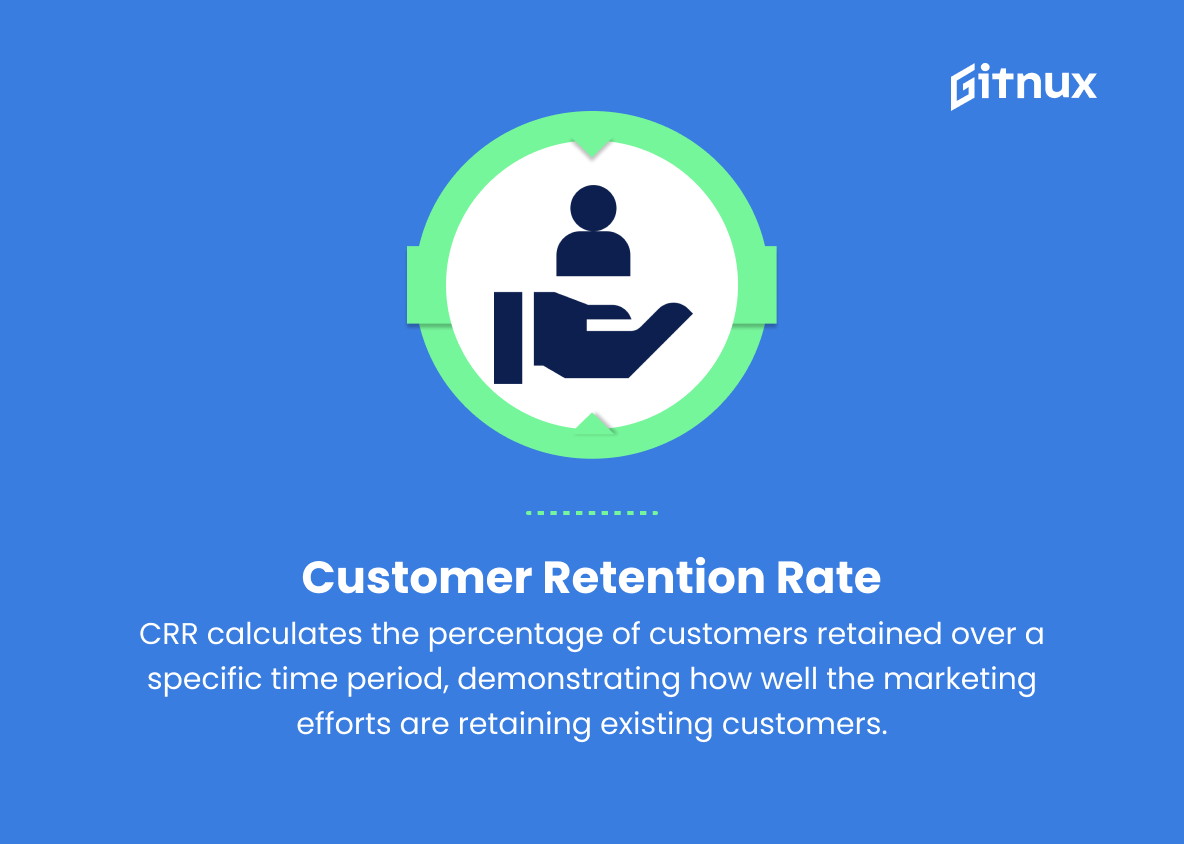In today’s rapidly evolving business landscape, understanding the impact of your marketing efforts is paramount to staying ahead of the competition. Data-driven decision-making is no longer a luxury; it’s a necessity, and marketing effectiveness metrics can provide crucial insights that drive the success of your campaigns.
This in-depth blog post delves into the world of marketing effectiveness metrics, discussing their importance, relevance, and practical applications. Whether you are a marketing expert or a beginner, the valuable knowledge shared here will empower you to maximize the benefits of your marketing strategies, while optimizing performance and ensuring substantial ROI. Get ready to unveil the true potential of your marketing campaigns and push the boundaries of success.
Marketing Effectiveness Metrics You Should Know
1. Return on Investment (ROI)
This is the primary measurement of marketing effectiveness. It quantifies the financial return received from marketing efforts by comparing the net profit generated to the amount of money spent on the marketing campaign.
2. Cost Per Acquisition (CPA)
This metric measures the cost of acquiring a new customer through marketing efforts. It is calculated by dividing the total marketing spend by the number of new customers acquired.
3. Conversion Rate
This measures the percentage of potential customers who take a desired action (such as making a purchase or signing up for a newsletter) after interacting with a marketing campaign.
4. Customer Lifetime Value (CLV)
This metric evaluates the projected revenue a customer will generate over their lifetime with a business, accounting for repeat purchases and customer retention.
5. Churn Rate
This measures the rate at which customers stop doing business with a company (cancel subscriptions, stop buying products, etc.) The lower the churn rate, the more effective marketing efforts are at engaging and retaining customers.
6. Customer Acquisition Cost (CAC)
This metric represents the total cost of acquiring a new customer, considering marketing expenses, sales efforts, and other related costs.
7. Brand Awareness
This measures the number of people who are aware of your brand or marketing campaigns in a target market or audience.
8. Net Promoter Score (NPS)
NPS gauges customer loyalty and satisfaction by asking customers to rate the likelihood of recommending the company on a scale of one to ten.
9. Social Media Metrics
These measure the success of social media marketing campaigns, including metrics like reach, engagement, shares, likes, and comments.
10. Website Traffic
Website traffic metrics provide insights into the number of visitors, page views, and session duration, giving an indication of how well marketing efforts are driving traffic to the website.
11. Email Marketing Metrics
These metrics help evaluate the effectiveness of email marketing campaigns, including open rates, click-through rates, and unsubscribe rates.
12. Bounce Rate
This measures the percentage of website visitors who leave after viewing only one page. High bounce rates indicate that website messaging and marketing efforts may not be appealing to visitors.
13. Organic Search Traffic
This metric measures the number of visitors to a website who find it through a search engine without the help of paid advertising. Higher organic search traffic indicates effective SEO and content marketing efforts.
14. Click-through Rate (CTR)
This measures the ratio of clicks to impressions for a given marketing campaign element, such as an ad or email. Higher CTR suggests that the marketing campaign is resonating well with the target audience.
15. Customer Retention Rate (CRR)
CRR calculates the percentage of customers retained over a specific time period, demonstrating how well the marketing efforts are retaining existing customers.
16. Share of Voice (SOV)
This metric shows the percentage of conversations and mentions related to your brand compared to competitors, reflecting your brand’s presence and effectiveness within your industry.
Marketing Effectiveness Metrics Explained
Marketing Effectiveness Metrics play a crucial role in assessing the overall success of a marketing campaign and the long-term growth of a business. Metrics such as ROI, CPA, and CAC offer insights into the financial efficiency of marketing efforts, ensuring resources are allocated effectively to yield strong returns. Conversion rate, CLV, churn rate, and CRR highlight the ability of marketing campaigns to engage and retain customers, optimizing customer relationships for higher revenues.
Brand awareness, NPS, and SOV measure the success of a brand in capturing the attention of its target audience and establishing a reputable image in the market. Digital-based metrics, like social media metrics, website traffic, email marketing metrics, bounce rates, organic search traffic, and CTR, help marketers fine-tune their digital strategies to drive more traffic, increase customer interaction, and generate higher conversions. Overall, monitoring these metrics allows marketers to make informed decisions, enhance marketing strategies, and ultimately build a more effective and financially sustainable marketing approach.
Conclusion
In summary, marketing effectiveness metrics are essential tools for businesses striving to achieve success in an increasingly competitive digital landscape. By keeping an eye on these metrics, organizations can continually refine and optimize their marketing strategies, ensuring that they are resonating with targeted audiences and generating desired results.
Ultimately, investing in understanding and implementing these marketing effectiveness metrics will not only improve your company’s performance but also solidify its position in the market. No business can afford to ignore the power of data-driven decision-making, which is why a firm grasp of marketing effectiveness metrics is a must for any organization looking to grow and maintain a competitive edge in the ever-evolving world of digital marketing.
